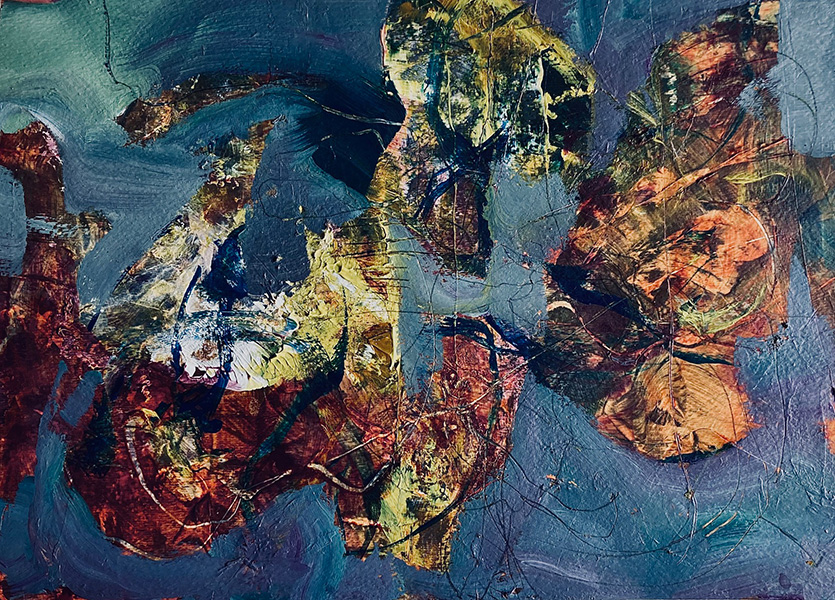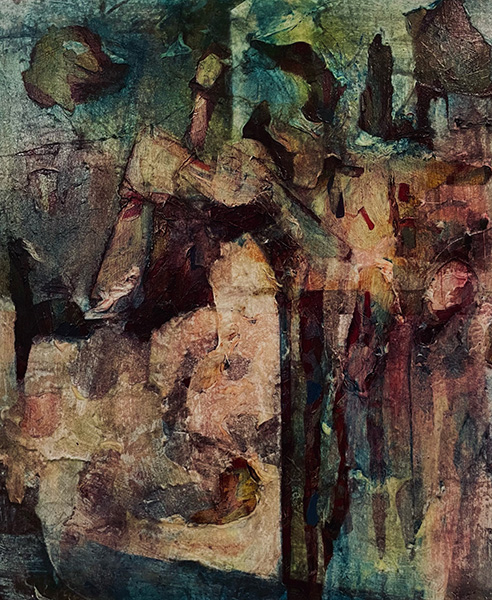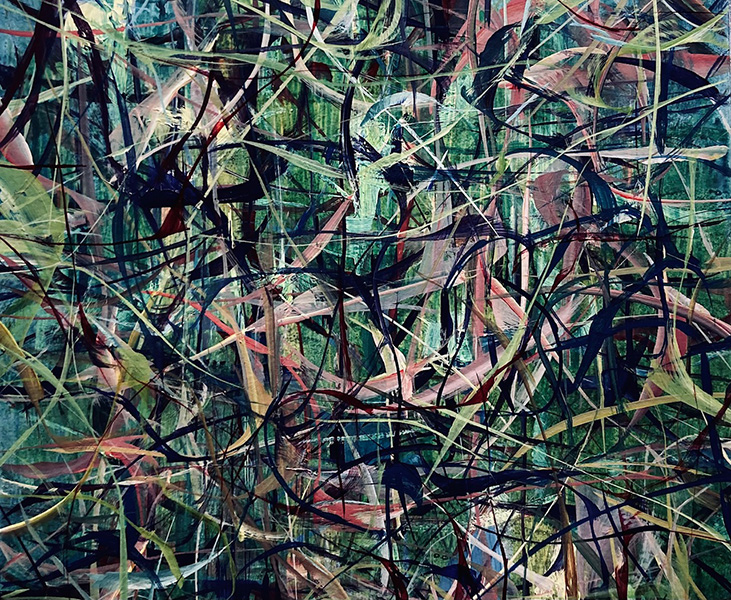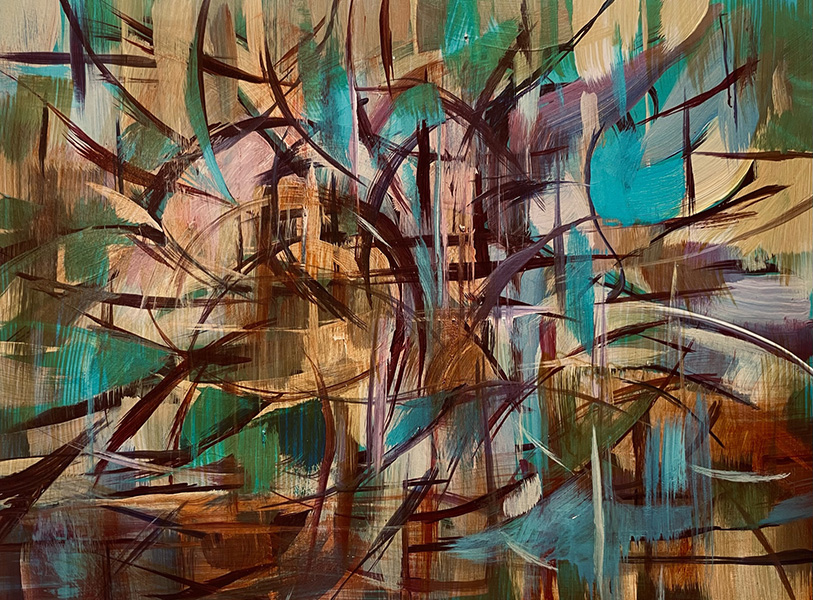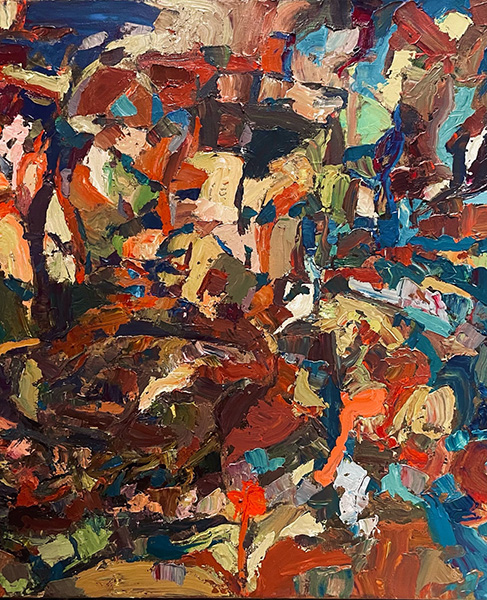Acrylic Painting II: Abstract Painting
Instructor: Robin Adair
Mondays 1-4pm
8 weeks: April 15 to June 10, no class May 20
Location: Online
$310 (supplies not included)
Prerequisite: Acrylic Painting I or equivalent experience
In this course, students will be introduced to a range of approaches to abstract painting across stylistic periods. We will draw inspiration from a variety of artists who helped to pioneer notable abstract styles, including but not limited to cubism, fauvism, action painting, surrealism, automatic painting, and various schools of expressionism. This class is for intermediate level painters who want to develop and hone their craft in a supportive environment where individual expression and experimentation is highly encouraged.
Syllabus
- Intro and Warm-up exercises
- Henri Matisse: colour and the fauvist portrait
- Mary Swanzy: the cubist landscape
- Joan Miró: surrealism and the subconscious.
- Piet Mondrian: the evolution of minimalism
- Tamara De Lempicka: the queen of art deco
- Wassily Kandinsky: composition and synesthesia
- Joan Mitchell: rhythm and emotion
- Mark Toby: the language of marks
- Helen Frankenthaler: freedom and spontaneity
Supplies
- Brushes: A variety of acrylic brushes, either synthetic or hog hair bristles (ranging in size from #2-12). I recommend filberts, flats, rounds, fan, and flat angle.
- Palette/paint knives: either plastic or metal. Find a range of styles, but I especially recommend different sizes of the trowel (diamond shaped) blade. Many stores will carry assorted packages of plastic knives, which are also suitable.
- Paint. I recommend using heavy body paint and the following pigments. Please note: the names given in this list are based on the ones used by Golden brand paints. If you buy other brands, you will find some variance in the way the names match the pigments.
- Titanium White
- Cadmium Yellow Medium
- Hansa Yellow Light
- Cadmium Red Medium
- Alizarin Crimson
- Quinacridone Magenta
- Ultramarine Blue
- Cobalt Blue
- Cyan Blue
- Paint palette: A large palette (around 12x16 inches). You can purchase plastic, metal, or ceramic palettes at any local art store; or, you may use your resourcefulness – i.e. an old plastic Tupperware tray will work just fine. I will also teach you how to make your own wet palette. For this you will need paper towel, parchment paper, and bulldog clips.
- White Gesso: 33 oz container.
- Acrylic gel medium: Most brands and types are suitable for this course. I recommend getting a regular gel medium (any brand) and 2 or more of the following Golden products: GAC (100 series); Tar gel; Heavy Gel (matte or gloss), and Light Molding Paste.
- Supports: I will be using 11x14 Bristol board (325 lb.) for my in-class demonstrations. However, feel free to use whatever kinds of supports (canvas, board, or paper) you prefer.
- Masking tape.
- A cotton rag.
